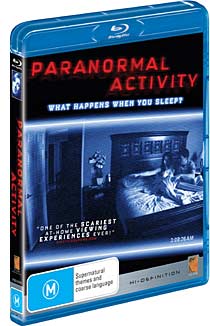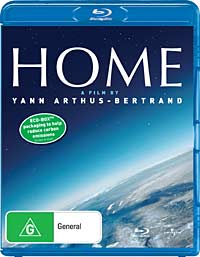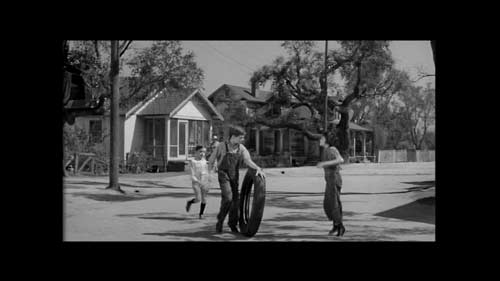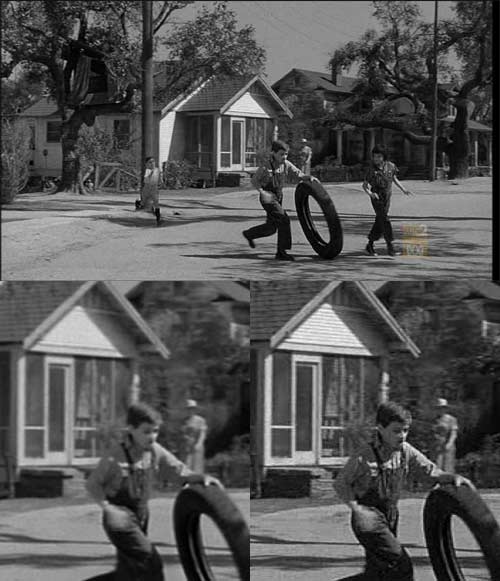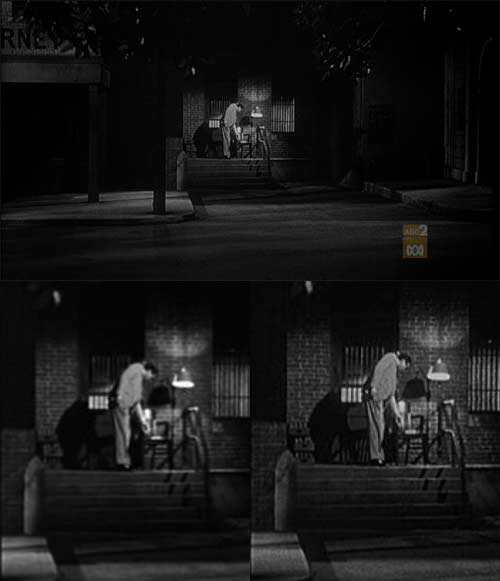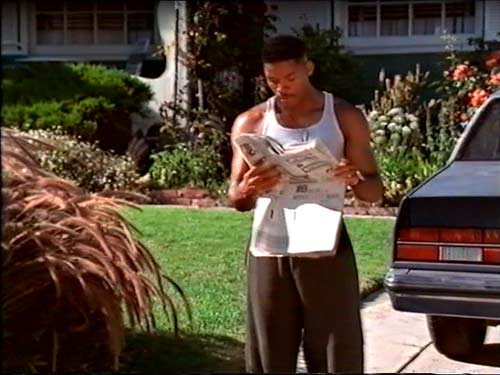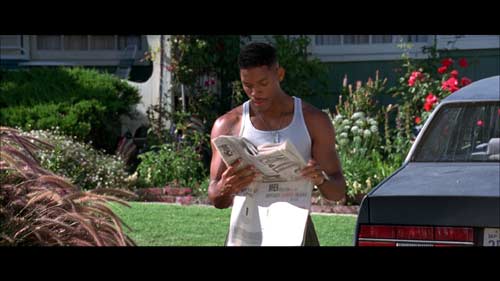The other day when I went to pick up my daughter from school, I decided to load Bach’s ‘Golderg Variations’, as performed by Glenn Gould, in the car CD player. All part of the ongoing musical education for my kids. I purchased this CD back in the mid-80s, very soon after getting my first CD player (a Sony CDP-101) and I have been in love with it ever since. The piece is about 45 minutes long and consists of a theme, forty variations on that theme, and then a recapitulation of the theme.
There is a problem with the disc: it has the whole thing in just one track. Good luck going straight to your favourite variation.
So what possessed CBS to structure the disc that way. Was it some extreme commitment to musical integrity causing them to make it as hard as possible for listeners to not go through the whole thing in sequence?
Actually, it did have jump points, but in a form largely forgotten about these days. Within the CD specification there is provision of an ‘Index’ within each track. Yes, each track could be divided up into a lot of smaller segments.
Unfortunately, while this is apparently used in some professional CD gear, it never really caught on for home CD players. My old Sony DVP-S725 DVD player had the ability to jump to Index numbers, but that’s the only device I’ve ever had so capable.
The same CD was later re-issued, but this time with track markings for the all the variations.
CBS isn’t to be blamed for my disc. At the time, how were they to know that this feature would languish unusued.
Two other features provided for in the CD specification but rarely or never used: CD text and four channel sound. The latter was mentioned in the spec, never fully developed, and in any case by the time the CD had gotten going, the industry recalled the 70s experiments with quadraphonic sound with shudder of horror.
CD text would have been useful, but it required the disc makers to put the text (titles, artists and, potentially, even lyrics) onto the disc in the absence of players supporting this, and the player makers to provide display facilities for the text in the absence of discs carrying it. If you’re burning a disc, you will know that you can add titles to it, but few players will show them to you.

